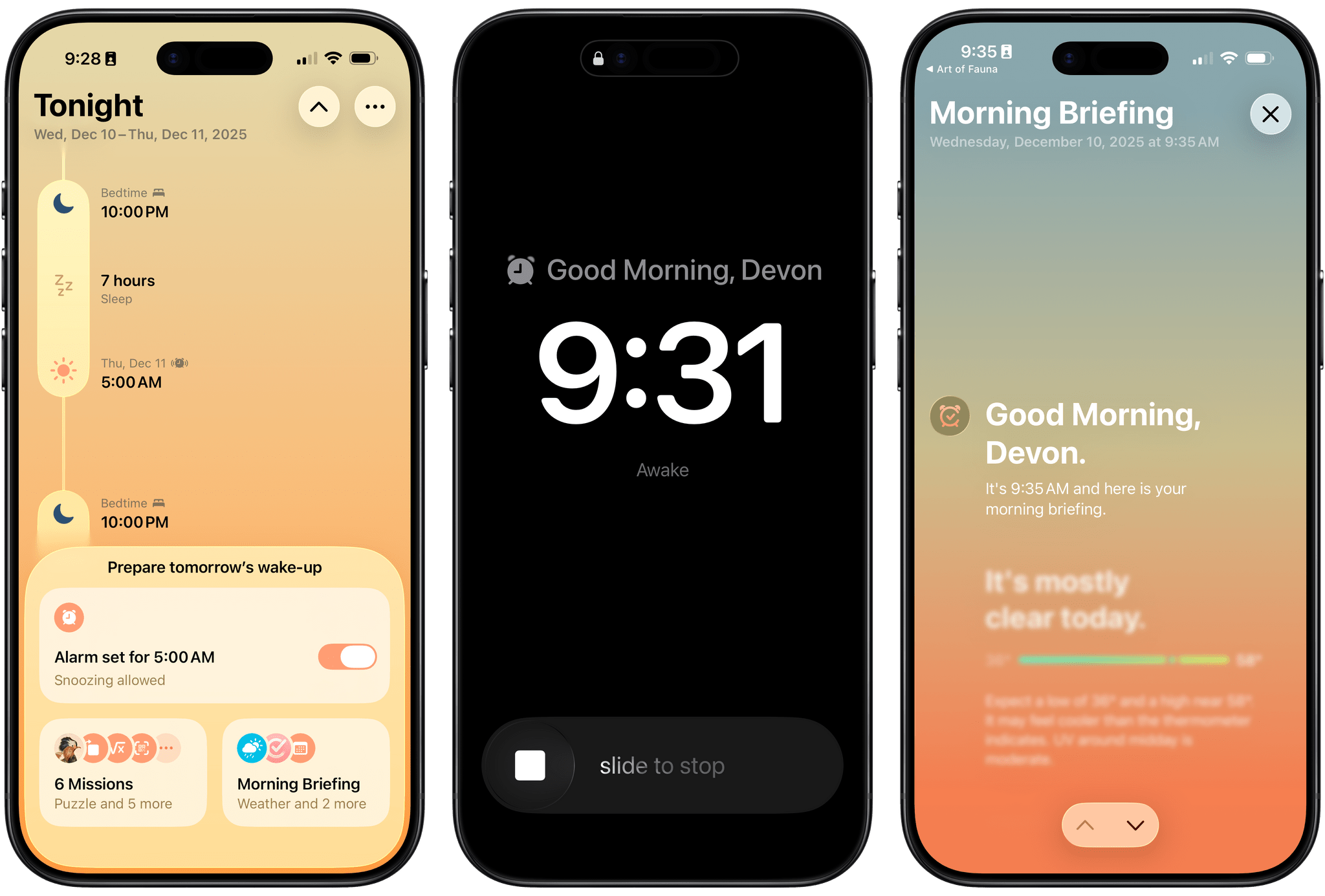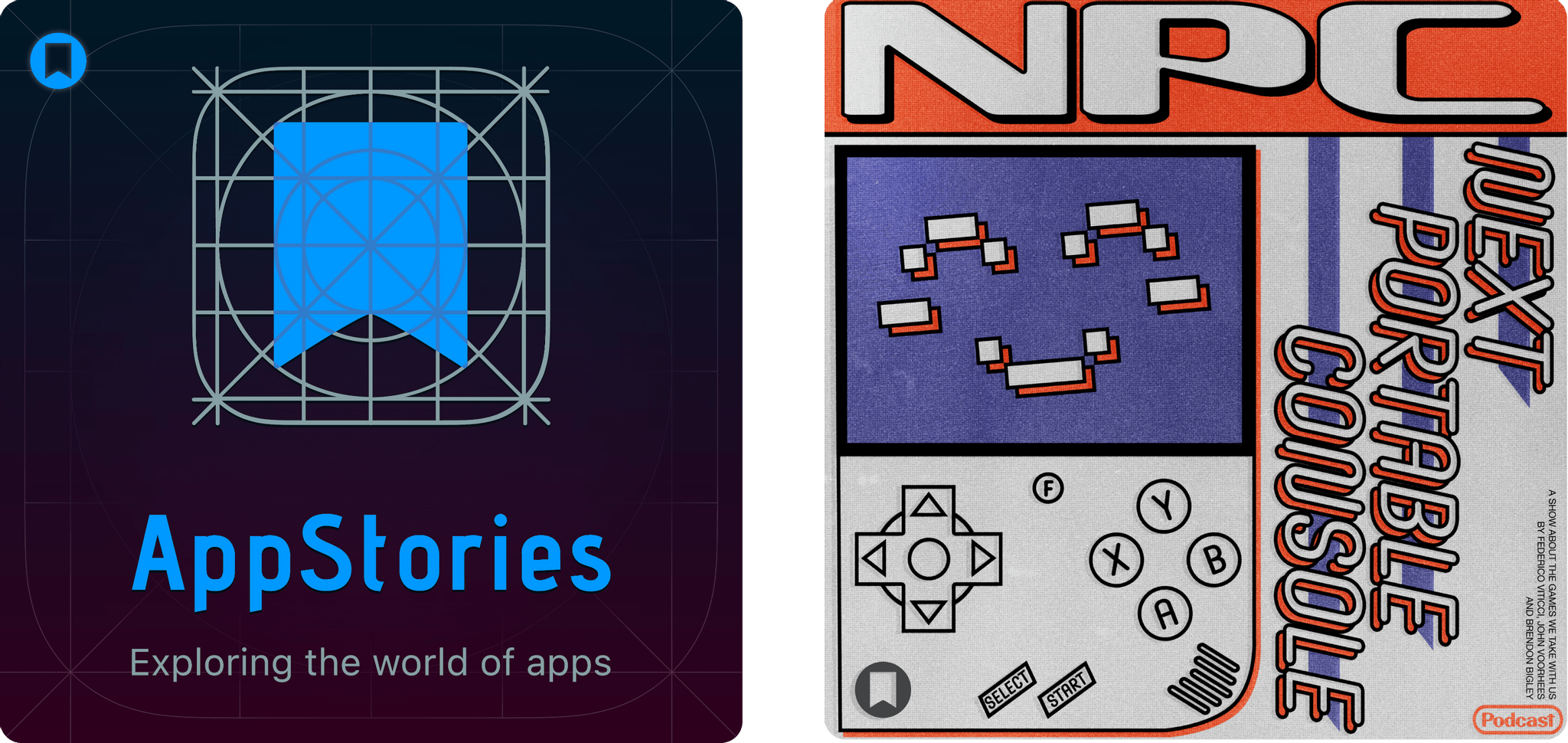Enjoy the latest episodes from MacStories’ family of podcasts:
AppStories
This week, Federico and John explain how they go about creating personal productivity tools with the assistance of AI and walk through some of what they have created.
On AppStories+, we talk about our Black Friday tech purchases.
NPC: Next Portable Console
This week, AYANEO goes big – very, very big – and we read the tea leaves from Sean Hollister’s interview of Valve’s Pierre-Loup Griffais.
Then on NPC XL, no one could resist Black Friday, so everyone wound up with a new PC.
Comfort Zone
Chris is making a bunch of changes going into 2026, Niléane has another snazzy audio app update, and everyone navigates the pain of trying to use a new keyboard layout.
In the Cozy Zone, the gang drafted fonts. As you can image, strong opinions were felt.
MacStories Unwind
This week, Federico and John share their favorite videogames of 2025.
















